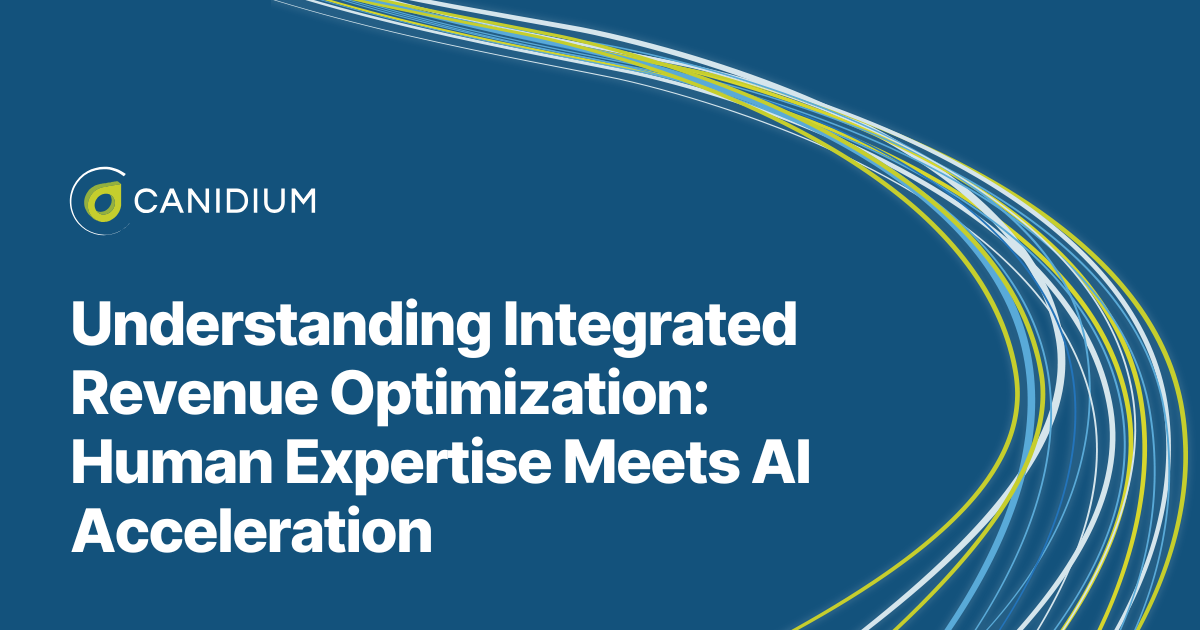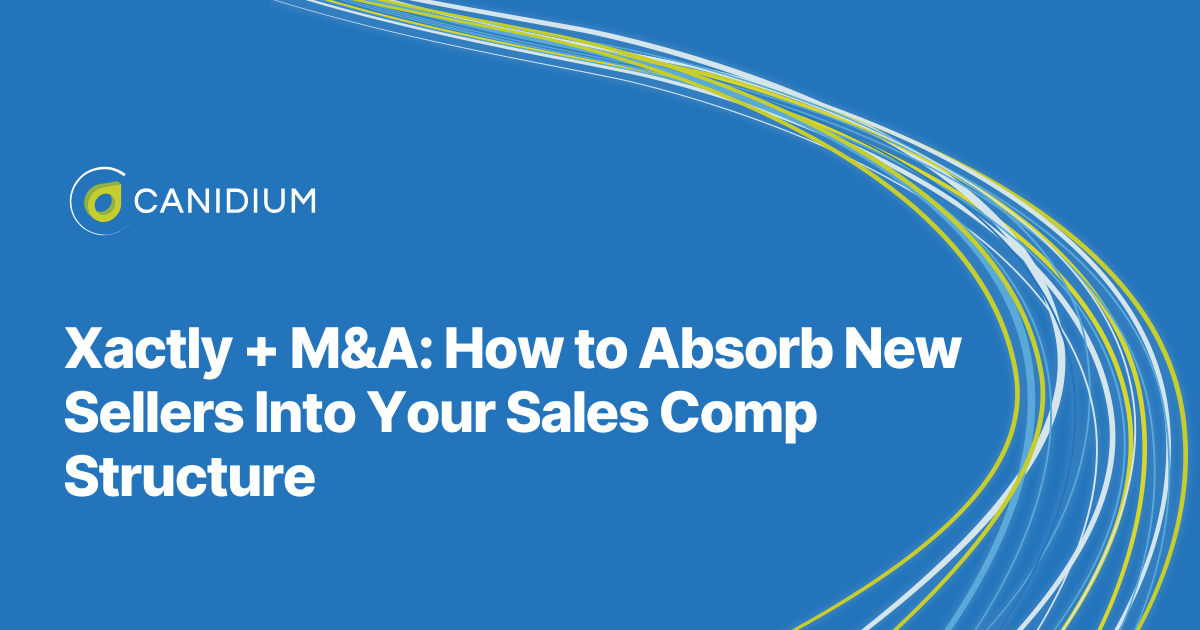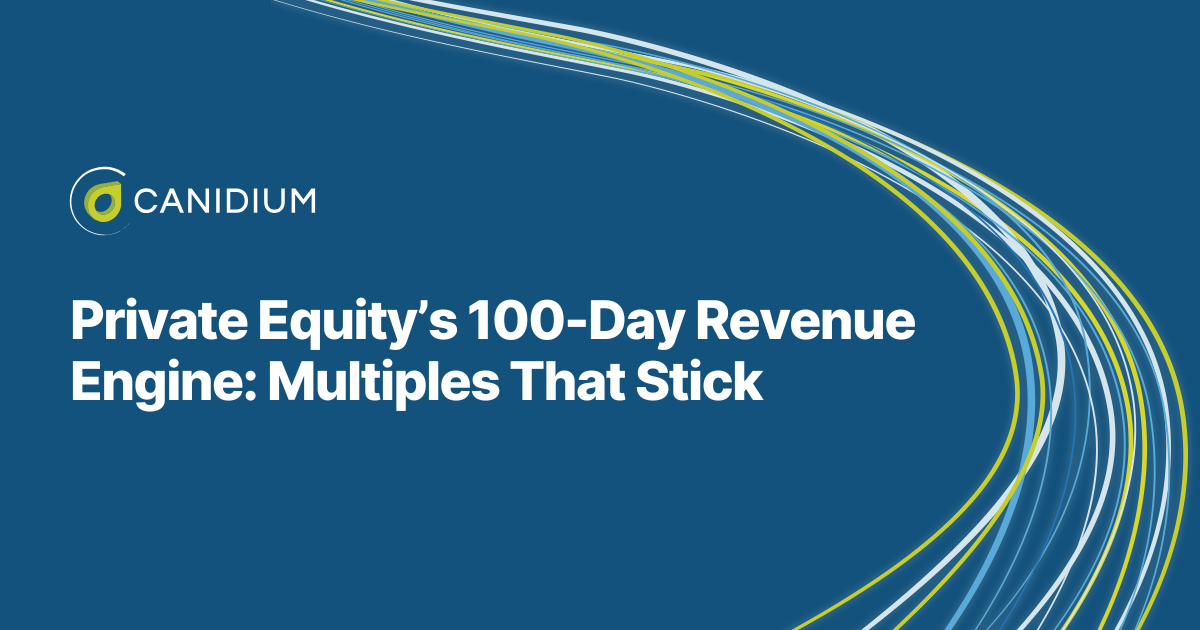Every hour your sales team spends untangling complex quoting and chasing approvals is time not spent closing deals. In fact, companies without a modern CPQ solution take 73% more time to produce a typical quote than those that use one.
When every minute counts, especially in competitive bids and high-stakes enterprise deals, this kind of delay can cost you win rate, margin, and productivity. For organisations already using SAP CPQ version 1.0, the challenge is clear: you’re managing an engine built for yesterday’s pace while your business demands tomorrow’s agility.
The solution here is to upgrade to Quote 2.0; SAP’s next-gen quoting engine designed for large-scale deal complexity, seamless business-partner models, and S/4HANA-ready integrations. Upgrading now accelerates quotes, futureproofs your architecture, and keeps your sales engine running at top speed. However, as with any software investment, you need to do your due diligence in making sure your ROI justifies time and expenses.
With these concerns in mind, here’s a comprehensive guide to upgrading from 1.0 to 2.0:
The Shift to SAP CPQ Quote 2.0
SAP Configure, Price, Quote (CPQ) has been a cornerstone of complex sales operations for years, enabling teams to automate pricing, configuration, and approvals in even the most intricate deal structures. But as SAP’s technology stack evolves toward S/4HANA and the Intelligent Enterprise framework, so too does CPQ.
Quote 2.0 represents the next generation of SAP’s CPQ engine. SAP is no longer issuing new 1.0 licenses; all new customers are automatically onboarded to Quote 2.0, and ongoing development is now directed almost entirely to this modern architecture.
For existing users still on Quote 1.0, this shift poses a clear question: when is the right time to upgrade? The short answer—soon. About 90% of new SAP CPQ features and integrations are now exclusive to Quote 2.0, meaning customers who remain on 1.0 will increasingly miss out on innovation and optimization opportunities.
Why You Should Upgrade
1. Faster Performance and Smarter Calculations
Performance isn’t just a technical metric, it’s a sales productivity multiplier. In the original Quote 1.0 engine, even small edits could cause the system to bog down. If a user added a discount or changed a single product detail, CPQ would reprocess every line item on the quote, sometimes hundreds or thousands at once.
Quote 2.0 replaces that with delta-based recalculation, meaning the engine only touches what’s changed. Update one item, and only that item, plus any dependent totals, is recalculated. The result is lightning-fast responsiveness, even for large enterprise quotes with thousands of line items.
This difference isn’t just about speed, it enables reps to quote more confidently and managers to approve more quickly. The system stays stable under load, calculations remain precise, and the end-user experience feels seamless. For teams under pressure to turn quotes faster, this is one of the most tangible benefits of the upgrade.
2. Flexible Business Partner Management
In many organizations, quoting involves multiple entities: distributors, resellers, regional offices, and direct customers. Quote 1.0 restricted teams to just three partner roles: Sold-To, Bill-To, and Ship-To—forcing users to shoehorn additional parties into existing fields or rely on manual workarounds.
Quote 2.0 removes that limitation entirely. Users can now define and connect an unlimited number of business partners: such as Payer, End Customer, Contractor, or any custom role within a single quote.
This capability doesn’t just improve recordkeeping; it aligns CPQ natively with SAP S/4HANA and Cloud for Customer (C4C) data models, where business partners are already structured flexibly. The result is a cleaner integration, more consistent master data, and fewer points of friction between quoting, invoicing, and fulfillment.
3. Advanced Solution Design for Complex Deals
Sales rarely involve a single product line or pricing model. Plus, large projects often require quotes to be divided by region, implementation phase, or delivery timeline.
Solution Design, available only in Quote 2.0, directly addresses this challenge. It allows users to break a single quote into multiple sections, each with its own pricing logic, responsible team, and approval workflow. Teams can collaborate simultaneously without interfering with each other’s data, while CPQ automatically calculates section-level discounts, subtotals, and taxes before rolling everything up into the final total.
This not only increases transparency but also accelerates teamwork. Project managers, engineers, and sales reps can each focus on their domain while the system maintains consistent pricing logic throughout. For enterprise-grade deals with multiple stakeholders, Solution Design turns CPQ from a single-threaded tool into a true collaboration platform.
4. Modern Integrations for a Unified Digital Core
The real power of SAP CPQ 2.0 lies in its ecosystem connectivity. The new engine introduces out-of-the-box integration with critical SAP Cloud components, including:
- SAP S/4HANA Cloud, SAP’s next-generation ERP
- External Configurator Integration, enabling advanced configuration tools
- SAP Billing and Revenue Innovation Management (BRIM) for usage-based billing
- SAP Subscription Billing for recurring revenue and hybrid models
Together, these integrations close the loop between quoting, billing, and revenue management, an essential step for businesses embracing subscription, consumption, or hybrid pricing models.
For organizations modernizing around S/4HANA or expanding into digital services, CPQ 2.0 serves as the connective tissue between front-office selling and back-office execution.
5. SAP’s Development Focus Is on 2.0
If performance and flexibility are the reasons to upgrade, SAP’s development strategy is the proof. The company’s R&D focus is now overwhelmingly on Quote 2.0. This means future features, new APIs, user interface enhancements, AI-driven guidance, and automation tools, will appear only in 2.0 environments.
Quote 1.0, by contrast, will continue receiving only essential maintenance and security updates. That may keep your system running, but it won’t help it evolve.
For organizations planning multi-year digital transformations, staying on 1.0 effectively freezes innovation. Upgrading now ensures you remain compatible with SAP’s roadmap, as well as with your own evolving sales and IT landscape.
What About ECC Users?
One of the biggest sticking points for some customers is integration with SAP ECC. Quote 2.0 does not include a standard ECC integration package, meaning customers still on ECC will need custom connectors.
That might sound like a disadvantage, but it makes future ECC-to-S/4 migration much easier. Think of CPQ 2.0 as a preparatory step that sets you up for the bigger S/4 transition down the road. In practice, migrating your CPQ first helps your team get familiar with the integration and data models used by S/4HANA. When you do move off ECC, much of the heavy lifting, especially around business partners and pricing structures, will already be complete.
In short: if your long-term roadmap includes S/4HANA, CPQ 2.0 isn’t a side project. It’s a smart first move.
What the Migration Looks Like
From a technical perspective, a CPQ 1.0 → 2.0 migration is more than a version upgrade, it’s a structured project. Each implementation is unique, but the typical process includes:
- Requirements Gathering: Identify current functionality and desired enhancements. Decide whether to introduce new features like Solution Design or rework business partner logic.
- Migration Build: Canidium handles the technical migration, updating calculations, output documents, and integration points.
- Testing (UAT): The client team conducts thorough testing to validate pricing accuracy, data flows, and integrations. This phase usually lasts three to four weeks, depending on complexity.
- Go-Live & Support: Once validated, Canidium manages deployment, training, and post-launch optimization.
The time and cost of migration depend heavily on your environment, especially the level of customization and scripting within your current CPQ instance. In other words, it’s a whole new project, but also a great opportunity to revisit your functional requirements and modernize the system while you’re at it.
For organizations that treat this as more than a technical migration, understanding it as an opportunity to streamline logic, refresh documents, and align CPQ with new business processes, the long-term payoff is significant.
How Canidium Helps
As one of SAP’s most experienced CPQ implementation partners, Canidium has guided clients through both new deployments and complex upgrades. Our team works closely with business and IT leaders to:
- Assess readiness and define migration requirements
- Rebuild or optimize calculation logic, rules, and documents
- Manage integrations with S/4HANA, BRIM, and Subscription Billing
- Execute testing and user enablement for smooth go-live
- Ensure compliance with SAP best practices and guardrails
Because every CPQ environment is unique, Canidium’s consultants bring the technical depth and business context to ensure your migration delivers measurable performance and usability gains, not just version parity.
Ready to Plan Your Move?
Upgrading from SAP CPQ 1.0 to 2.0 isn’t simply about keeping up with SAP, it’s about empowering your sales organization to quote faster, integrate deeper, and prepare for tomorrow’s digital landscape.
Contact Canidium’s SAP CPQ team to schedule a free migration readiness consultation. We’ll help you evaluate your environment, uncover potential roadblocks, and design a clear path to a futureproof quoting engine built on Quote 2.0, no strings attached.







